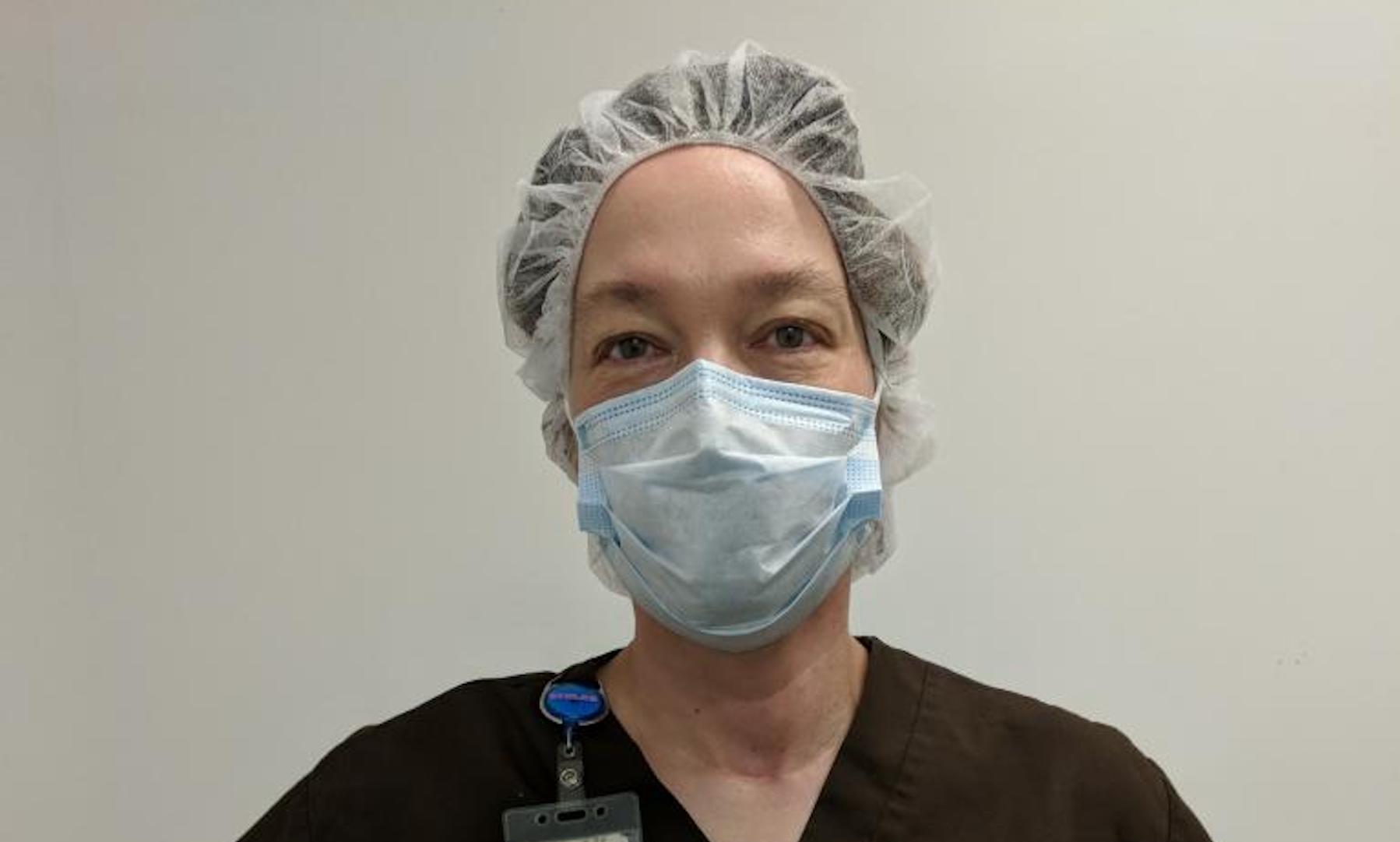Even in the best of times, medical research is a long game. Progress happens in increments and requires small armies of technicians, scientists and support personnel to keep the enterprise moving forward.
When OMRF issued a work-from-home order on March 13 to all but essential onsite personnel, one question echoed across the foundation’s laboratories: How can we make this work?
“The idea,” said OMRF President Stephen Prescott, M.D., “was to shut down new projects and maintain only those irreplaceable elements for research into conditions like cancer, Alzheimer’s, lupus and heart disease.” For that, he said, “We’ve come to rely on the group we call our skeleton crew.”
That reliance, said Prescott, starts with the people who maintain OMRF’s buildings and systems. OMRF’s campus consists of more than 500,000 square feet of building space—and approximately 100,000 mechanical systems and pieces of equipment that require monitoring, from air handlers and freezers to microscopes and imaging equipment with price tags in excess of $1 million.
To maintain the facilities and equipment, the foundation relies on a team of specialists that includes plumbers, electricians, HVAC experts, mechanics and carpenters. They now take turns walking miles of darkened hallways, checking laboratory spaces for leaks, lighting problems or the sound of equipment alarms.
“It’s a little bit eerie to see the place so empty,” said OMRF electrician Bruce Clark. He patrols OMRF each Thursday, but, like his colleagues, he’s always on call in case a problem arises. “We’re keeping this facility in tip-top shape so when the scientists come back, there are no delays.”
With laboratory mice to care for, animal technicians like Stefanie Doak still come onsite each day. Doak is responsible for looking after more than 1,000 laboratory mice, the precious assets most OMRF scientists use to answer questions about human disease.
“We change their bedding, replenish their food and water and inspect them all to assure none of them need medical attention,” said Doak. “We have to keep the ball rolling. Without research, we wouldn’t have vaccines or other medications, so we adapt and move ahead.”
Doak arrives at the foundation around 6 a.m. weekdays and changes into scrubs, shoe coverings, a hair net and a mask before she sets foot in the mouse facility. Other than the mask, the precautions aren’t to protect Doak; they’re to ensure that no germs reach her rodent charges, which have been bred in a way that leaves many with compromised immune systems.
Social distancing has forced Doak and her colleagues to adjust their routines. “We have fewer hours onsite, so we have to work more quickly now,” she said.
But as a former sled dog trainer, volunteer firefighter, EMT and TSA agent, she knows how to deal with change. “I can be very adaptable, even when measures are extreme,” Doak said.
Across OMRF’s campus, senior research technician Lorraine Yap comes in three days a week to tend the tiniest of creatures in the foundation’s Aging and Metabolism Research Program. She maintains colonies of fruit flies called Drosophila, which scientists use as a model for studying neurodegenerative and neurodevelopmental diseases.
“They’re our source for current and future experiments,” she said. “We have to keep things functional so when we get over this hard period, everyone can resume working at a smoother and faster pace.”
The work of these behind-the-scenes heroes, said Prescott, ensures that research on deadly diseases can eventually pick up right where it left off. “Our skeleton crew is keeping the foundation’s scientific heart beating,” he said. “So, when the curve flattens, our labs will be ready to come back to life.”



